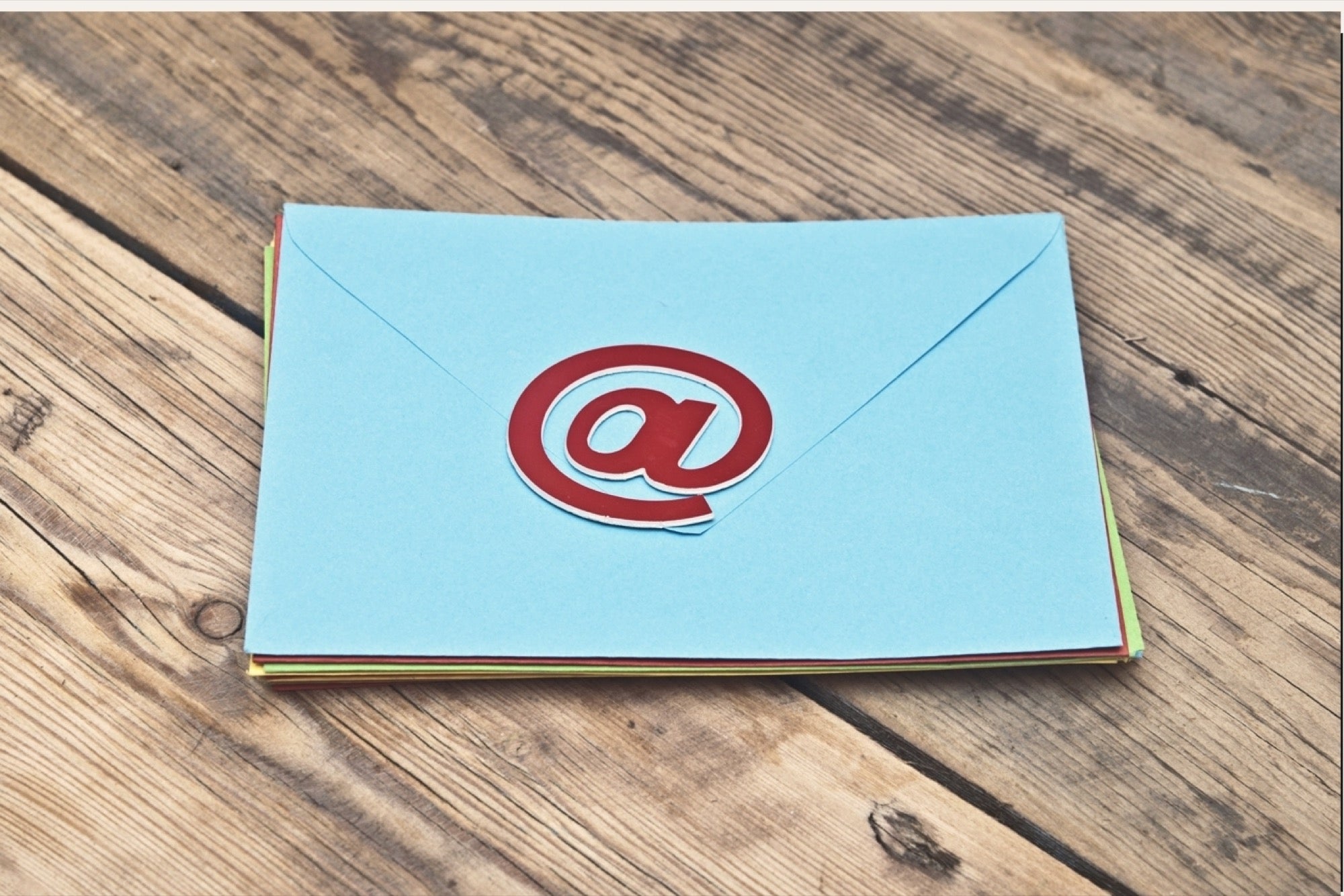Craft a Great Email Sales Pitch by Following This 5-Step Process However, emails are also easy to ignore. While there isn't much of the human element in sending emails, there is just as little in receiving them, which means it's easier for people to hit their favorite button: delete.
Opinions expressed by Entrepreneur contributors are their own.

In a world where technology becomes faster every day and people, teams and companies grow more geographically dispersed, trying to nail down somebody in person to throw a sales pitch almost seems impossible.
Fortunately, 91 percent of working professionals check their email daily, according to data by Hubspot. What this means is, if you're a numbers guy or girl and you believe in the power of odds (after all, 91 percent is pretty hard to argue with), email is the best way to build a network of prospects.
However, emails are also easy to ignore. While there isn't much of the human element in sending emails, there is just as little in receiving them, which means it's easier for people to hit their favorite button: delete.
Related: 3 More Examples of Bad Email Manners
To increase the likelihood of your targeted email recipient saying "Yes!" here is a five-step process to consider while crafting your next email sales pitch:
1. Know your audience.
There's nothing like receiving an email that begins with, "To whom it may concern," to really say, "I don't know who I'm sending this to but I sure hope you'll hire me anyway." Taking the time to do your research about your intended recipient does two things.
First, it allows you to personalize the email so the other person feels special. Playing to a person's emotions will influence his or her decision-making. Second, the more research you do on the recipient and his or her company or job role, the more you educate yourself should you meet in person.
2. Stalk them, but not in the creepy sense.
Once you identify your email target, plug his or her name, company and job role into the oracle known as Google and see what comes up. What you're looking for are interests -- angles to work into an email or follow-up conversation based on the social-media behavior of your intended recipient.
Does he tweet about football? Then he probably has a favorite team. What LinkedIn groups is she a part of? Any social functions that reveals a hobby? If the answer is no, then this individual is very well versed in staying out of the Internet spotlight, or is quite possibly the most boring person on earth. Good luck.
Related: 11 Strategies to Change How You Email
3. Reach out.
Once your due diligence is done, it's time to blast out an email -- but only do so as a giver, not a receiver. When you receive emails from random vendors, what's the first thing you look for? Their sales pitch, right? You want to skip all the BS text and get to the bottom line to know what this person wants because you have more important things to do than answer email. So if you want to stick out from the others, offer to serve them.
In other words, how can you unconditionally add value? You could share an article, highlight them in a tweet (if they're on Twitter) or praise their efforts (who doesn't like praise?).
4. Court them.
Business is about relationships, and any worthwhile relationship takes time to cultivate. Build trust. Build reliance. Build the foundation from which enduring partnerships survive, and then ask for their business. There's no secret timeline to how long this courtship should last, it just depends on the nature of business. Generally speaking though, I'd give it a few email exchanges back and forth before throwing your pitch.
5. Stay connected.
If you made the pitch and the answer is no, that's fine, just stay connected and try again another time. However, if the answer is an emphatic yes, then you can thank Entrepreneur for allowing me to publish this column.
As human-less as email is, you can certainly inject more of the human element into it with some due diligence and structured approach. If it doesn't work, you can always go back to massive email broadcasts and play the numbers.
Related: No Regrets: Gmail's 'Undo Send' Feature Made a Permanent Function












